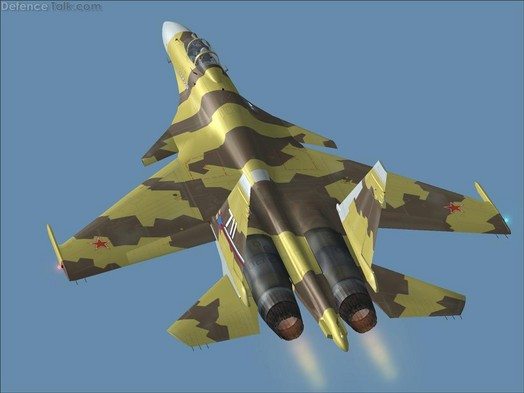The union budget 2011-12, presented to the parliament on February 28, 2011, increased the defence allocation to Rs 1,64,415.49 crore ($36.03 billion). The allocation, which represents an 11.59 per cent growth over the previous year’s budget, is impressive at least on two accounts. First, the defence budget has not been unduly impacted by the government’s fiscal consolidation process. Second, the defence budget shows, at least on the face of it, the ministry of defence’s (MoD) ability to spend the resources, particularly the capital portion, within the stipulated time.
Fiscal Consolidation and Defence Budget
It was expected that the defence budget 2011-12 might be affected by the government’s fiscal austerity measures. Although the government has succeeded in bringing the estimated fiscal deficit down to 4.6 per cent of the GDP in 2011-12, the defence budget has been shielded from its effects. This is primarily because of the impressive turnaround made by the economy post the global financial crisis. The return to the pre-crisis nine per cent growth path has given the finance ministry the hope of stepping up its revenue collection.
In fact, the government’s net revenue is expected to rise by nearly 16 per cent to Rs. 7,89,892 crore in the coming fiscal, mainly on account of increase in tax revenue which is projected to grow by 24 per cent to Rs. 6,64,457 crore. This buoyancy has made it possible for the finance ministry to simultaneously undertake fiscal consolidation and increase expenditure. This has in turn benefited many central ministries and departments including the Ministry of Defence (MoD), which has witnessed one of the highest growth rates in its budget in recent times.
Key Statistics of Defence Budget 2011-12
Although the defence budget for 2011-12 has been increased by 11.59 per cent over the previous year’s allocation, its growth rate comes down to 8.47 per cent over the revised estimate for 2010-11. In other words, the MoD has over spent its 2010-11 allocations (at the time of revised estimate) by Rs 4,237.69 crore . Unlike in previous years, this extra expenditure was, incurred on both the revenue and capital fronts; the former grew by Rs 3,404.43 core (3.9 per cent), and the latter marginally, but significantly, by Rs. 833.26 crore (1.4 per cent).
The announced increase in the defence budget has resulted in an additional allocation of Rs. 17,071.49 crore over the previous budget. Of this Rs. 7,872.68 crore is earmarked for revenue expenditure and the balance Rs. 9,198.81 for capital expenditure. In other words, revenue expenditure has grown by 9.01 per cent to Rs. 95,216.68 and the capital expenditure by 15.33 per cent to Rs. 69,198.81 crore. On the revenue side, although the growth has been necessitated by the increase in pay and allowances, there has also been an increase in the budgetary provision for other revenue items such as stores, transportation, etc.
The adequate increase in the defence budget has had a favourable impact on key statistics (see Table), except in terms of its share in total central government expenditure and GDP. The declining share of defence in these key parameters can be ascribed to the relatively faster growth of the Indian economy and the resultant increase in total central governmental expenditure.
On the positive side, the ratio between revenue expenditure and capital expenditure has improved in favour of the latter, showing the government’s greater focus on the modernisation of the armed forces. The improvement is largely due to the hefty increase in the capital acquisition budget, which has grown by more than 25 per cent to Rs. 55,604 crore ($12.2 billion). Among the three services, the air force accounts for the largest share with an acquisition budget of Rs. 28,354.54 crore, followed by army (Rs. 14,100.44 crore) and navy (Rs. 13,149.02 crore).
It is noteworthy that the large provision under the capital acquisition budget is for some ‘big-ticket’ items such as the Medium Multi-Role Combat Aircraft (MMRCA) (for the air force), C-17 Globamaster (air force), advanced helicopter (for air force and army), and patrol vessels (for navy); contract for these are due to be signed in the coming fiscal year.
Assuming that 60 per cent of the capital acquisition budget goes for committed liabilities, the MoD will have around Rs. 22,240 crore ($ 4.9 billion) to pay for new acquisitions.
[Download not found]










